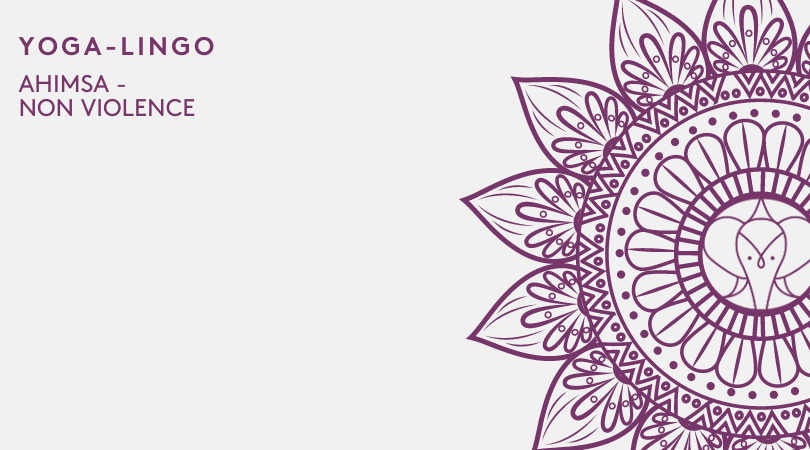Hatha Yoga Pradipika - Sanskrit Terms
Yoga is believed to have been practiced since 1000 BC or even before. This statement can be backed by the ancient text the Atharva Veda and the Pashupati Seal. Some people suggest that yoga didn’t exist this early, but regardless all people agree that yoga has been practiced for a long time.
Hatha yoga mainly has been practiced for as long as yoga existed. This is as described in the Hatha yoga Pradipika. Hatha is a Sanskrit word that translates literally to ‘force.’
Hatha yoga is, therefore, anything that you might do with your body that requires the use of force. Obviously, this alludes to physical techniques, but hatha yoga is much more than this.
Hatha yoga, therefore, includes activities you can do with the body such as; asana (yoga postures), pranayama (breathing techniques), mantra (chanting or reciting), mudra (hand gestures), and kriya (cleansing techniques). Hatha yoga has evolved and picked influences along the way to become what it is today.
What is Hatha Yoga Pradipika?
The Hatha Yoga Pradipika is an ancient text composed in the 15th century CE. It was written by Swami Svatmarama and is derived from old Sanskrit texts. In Sanskrit, the text is called hatha yoga Pradipika which translates to ‘light on Hatha Yoga.’ It is an amalgamation of many hatha texts combined together into some sort of book.
The hatha yoga Pradipika contains 15 basic asanas. Of these, 8 are seated while 7 are non-seated. Hatha yoga Pradipika is one of the three available ancient texts on hatha yoga. The other two are the Gheranda Samhita and Shiva Samhita.
In the Hatha yoga Pradipika text, Svatmarama introduces his system of yoga as a preparation for physical purification. The text is based on asanas and pranayamas that the body practices before higher meditation and yoga.
The chapters in Hatha Yoga Pradipika include topics such as; postures (asanas), breath control (pranayama), chakras (body’s spiritual centers), kundalini (coiled power of the body), bandhas, kriya (cleansing techniques), Nadi, energy, and mudra (symbolic gestures). There are 34 masters of the practice mentioned in the book. They include the mythical founder of Hatha yoga, Matsyendranath, Adi Natha, and Goraksanatha.
From the 15 basic asanas that were collated by Svatmarama, there were additional 84 asanas all reimagined from the basic ones. Further, in the 18th and 19th century the text was increased to 112 sacred postures. The Hatha Yoga Pradipika is descriptive and gives all relevant information needed even on how to succeed in yoga and what can cause you to fail.
In one excerpt it states that overeating, exertion, talkativeness, and unsteadiness are amongst the factors that can cause you to fail in yoga (1:15). It goes further to tell you that In order to succeed you should have enthusiasm, perseverance, unshakable faith, courage, and avoiding the company of common people (1:16).
How do you know that you have achieved perfection of Hatha yoga? The text indicates conditions that show success has been achieved. It states that you achieve success when there is leanness of the body, manifestation of the inner sound, lack of diseases, control of bindu and purification of nadis amongst other signs.









